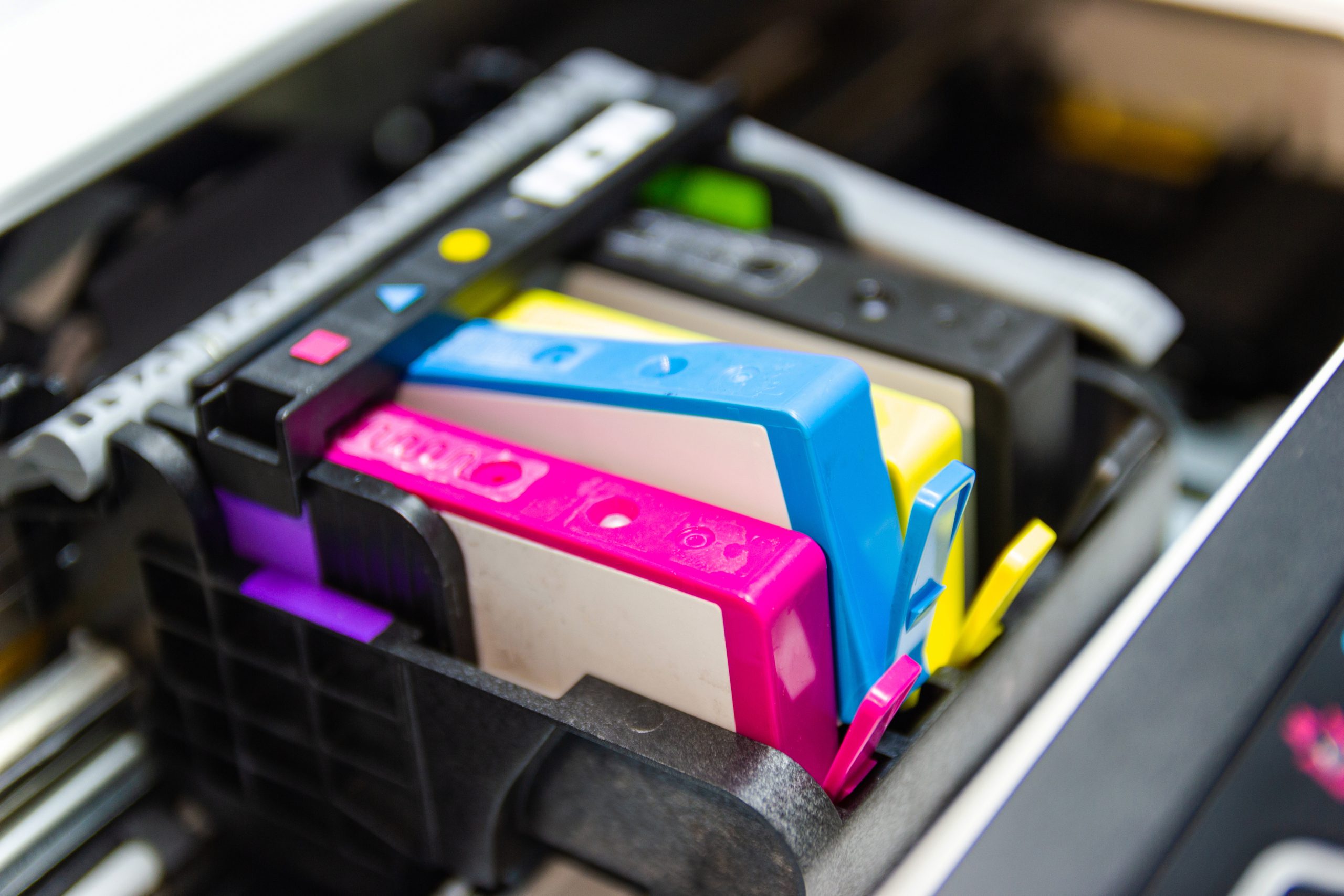It’s quite common, before printing, to have to modify the value of one of the colours. Here’s how to do it without impacting the final result.
Sometimes we get questions from customers that we feel would be useful to share with everyone. Does setting the tonal values between 20 and 75 percent – as is required when we’re looking to obtain a good file for screen printing in four colours – change the colour ratios of the original file? What needs to be done in Adobe Photoshop or in Illustrator to ensure the CMYK film is exposed correctly?
Here’s what we recommend to do.
It’s true that each time the colour levels are modified, there’s a considerable risk of the colours throughout the entire image changing too.
To avoid or mitigate this issue as much as possible, we suggest to proceed as follows:
– in Photoshop, conduct the four-colour selection process as normal to obtain an image decomposed into four colour levels: magenta, cyan, yellow, black.
– using any of the methods available in Photoshop, compact the tones of each colour level to bring them within the 20% to 75% range.
– try to compact the four levels uniformly; clearly, if the procedure were applied to just one of the levels, the colours would be compromised.
– at this stage it’s possible to look at the image preview to check the effect that the procedure has had on the colours: if we notice a colour imbalance we can adjust the single level, increasing or decreasing its overall intensity as required.
– then check the preview again.
It’s also possible to modify the colour during printing: if one of the four colours is too strong, it’s always possible to weaken it by adding some cutting paste to that particular ink.

